For 1990-2009 cars only
Application Procedure
- Apply a light coating of gear marking compound GM P/N 1052351 (Canadian P/N 10953497), or the equivalent, to the ring gear teeth not making contact with the pinion gear.
- Insert a standard drift punch between the ring gear and the differential carrier to bind the ring gear and create a drag.
- Slowly and evenly turn the pinion gear in the drive direction until the ring gear has made one complete revolution. Because of the drag simulated in the ring gear, this will produce a contact pattern on the drive side of the ring gear (pinion gear driving ring gear).
- Turn the pinion gear in the opposite direction with a drag simulated on the ring gear to produce a contact pattern on the coast side of the ring gear (ring gear driving pinion gear).
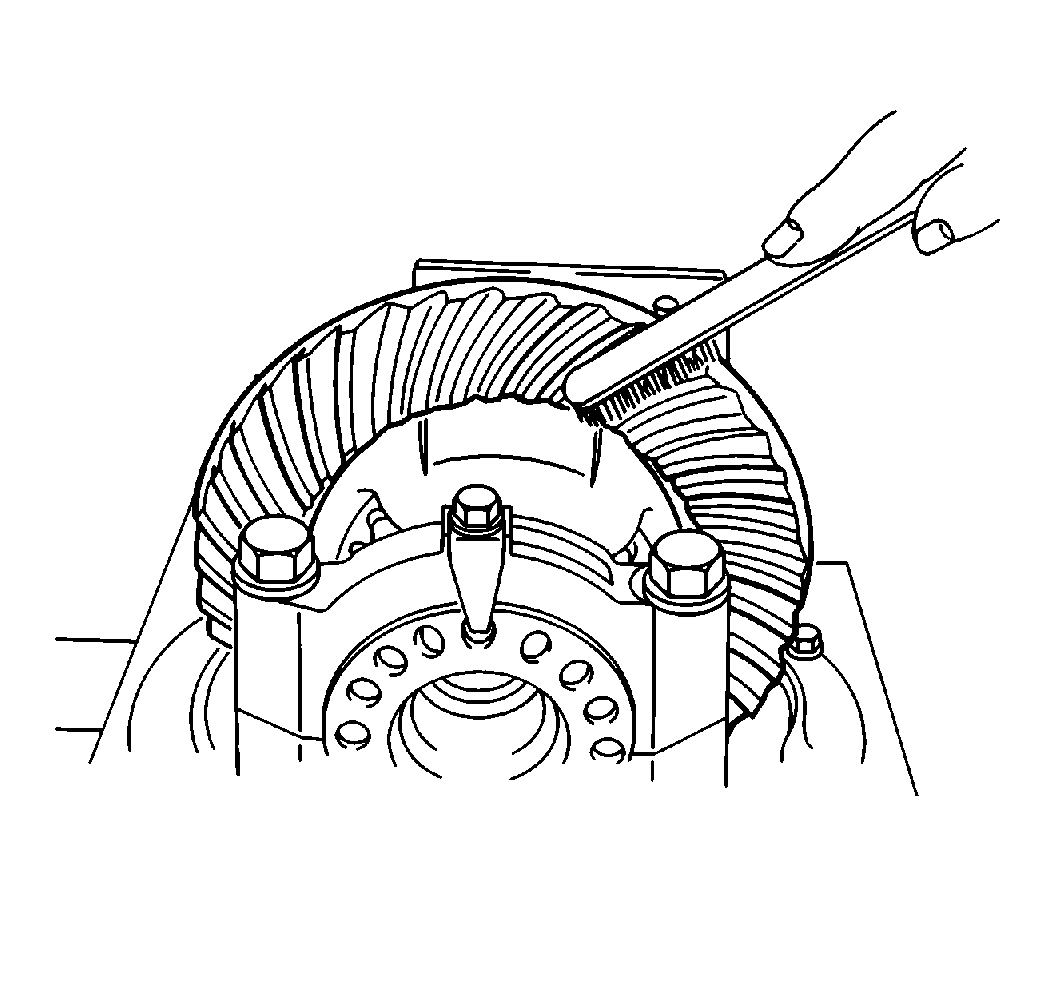
Important: In order to ensure an accurate contact pattern, make sure the ring gear turns one revolution only.
Inspection Procedure
- Inspect the drive side (2) of the ring gear teeth (concave) and the coast side (1) of the ring gear teeth (convex).
- Inspect the contact pattern around the ring gear (3). Uneven contact around the ring gear indicates excessive ring gear runout.
- Inspect the drive pattern. The drive pattern should be centrally located between the top and the bottom of the ring gear teeth. Under an increased load, the pattern spreads out and tends to move toward the heel of the tooth.
- Inspect the heel. Under heavy loading conditions, up hill or rapid acceleration, the pattern may extend almost the full distance between the heel and the toe. Refer to Heel to Toe Patterns.
- Inspect the pinion gear for the proper selective shim if excessive contact pattern error is present with the proper backlash specification.
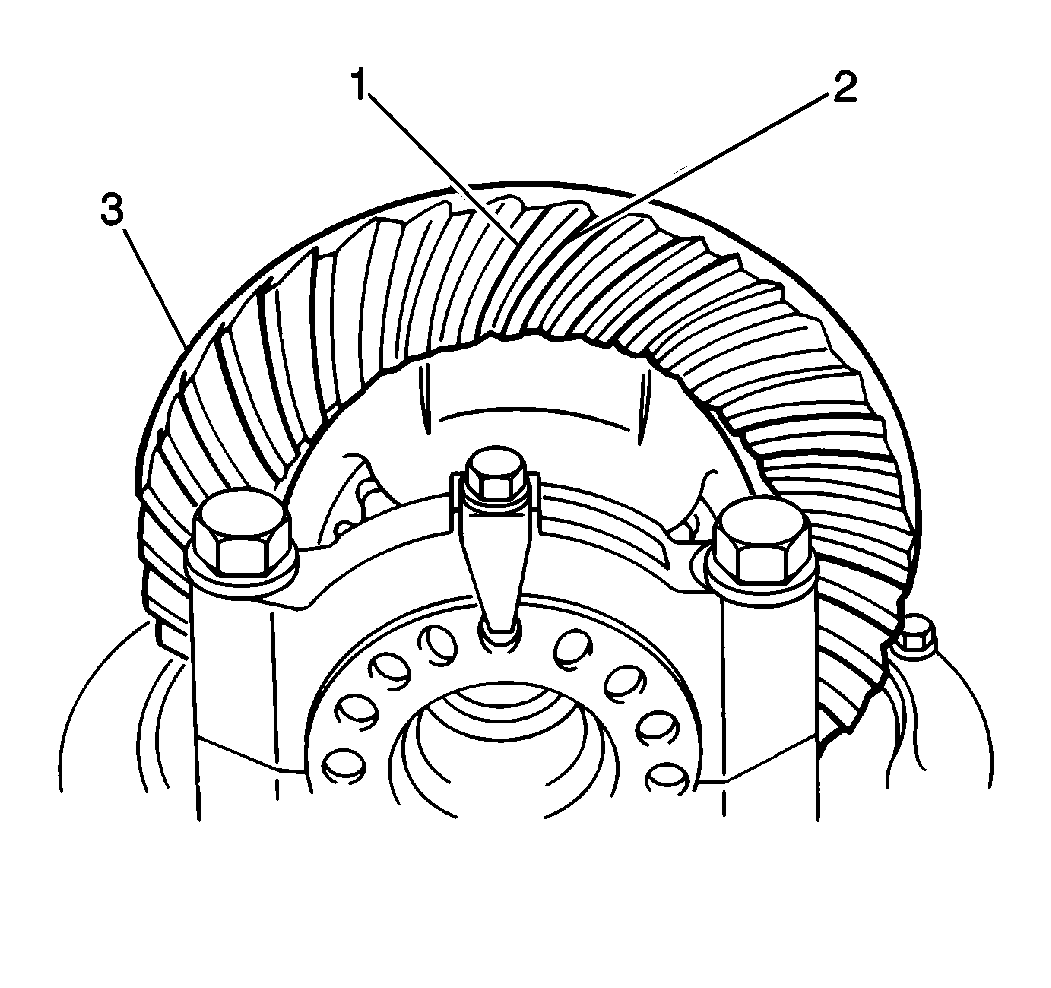
Inspect the toe. To compensate for an increased load the contact pattern can be somewhat closer to the toe.
Heel To Toe Patterns
| • |
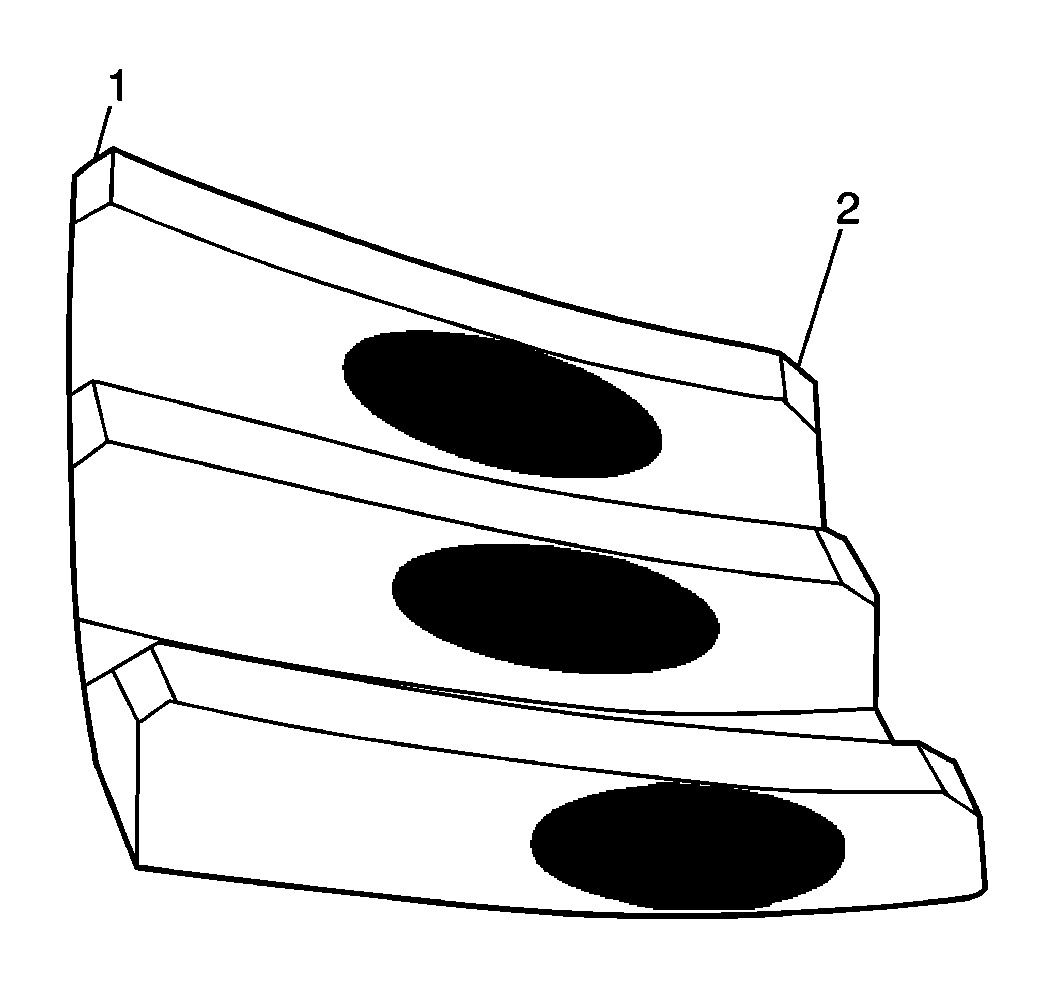
|
| • |
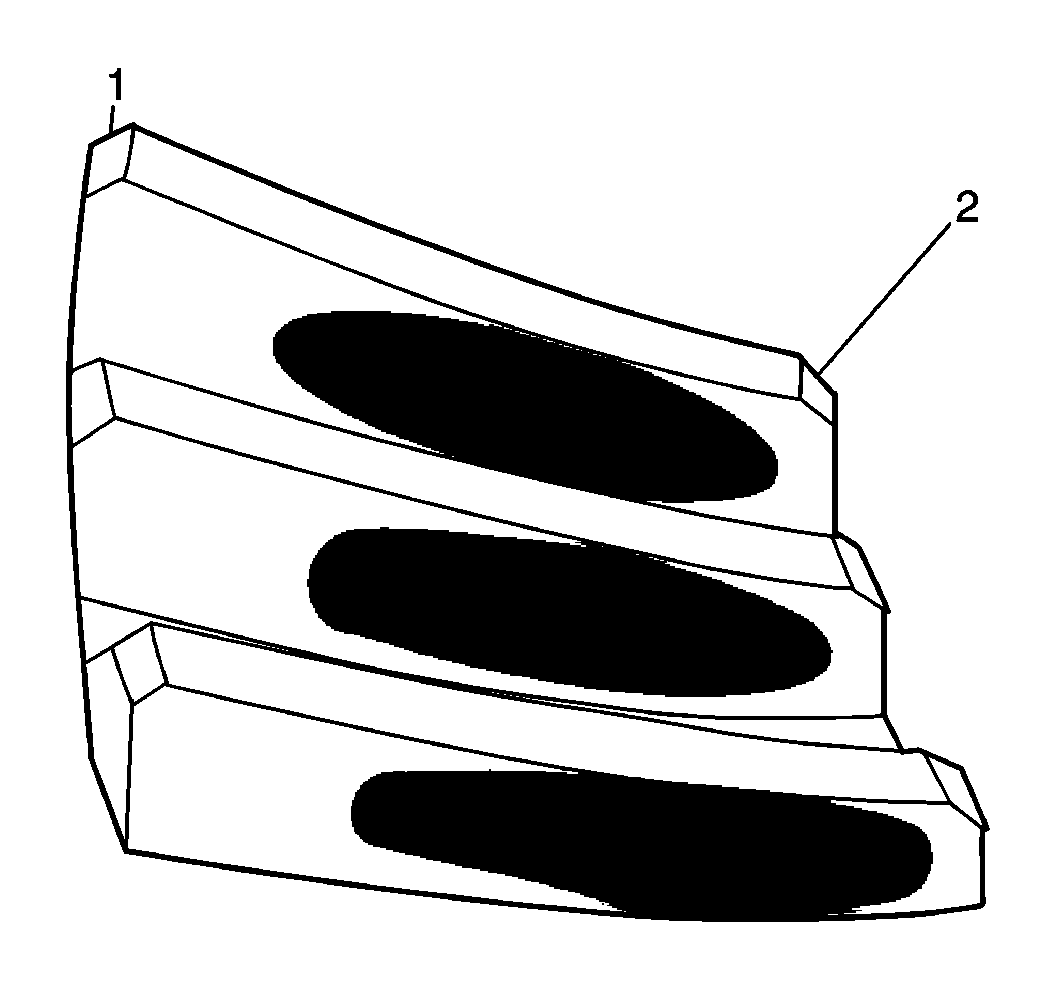
|
| • |
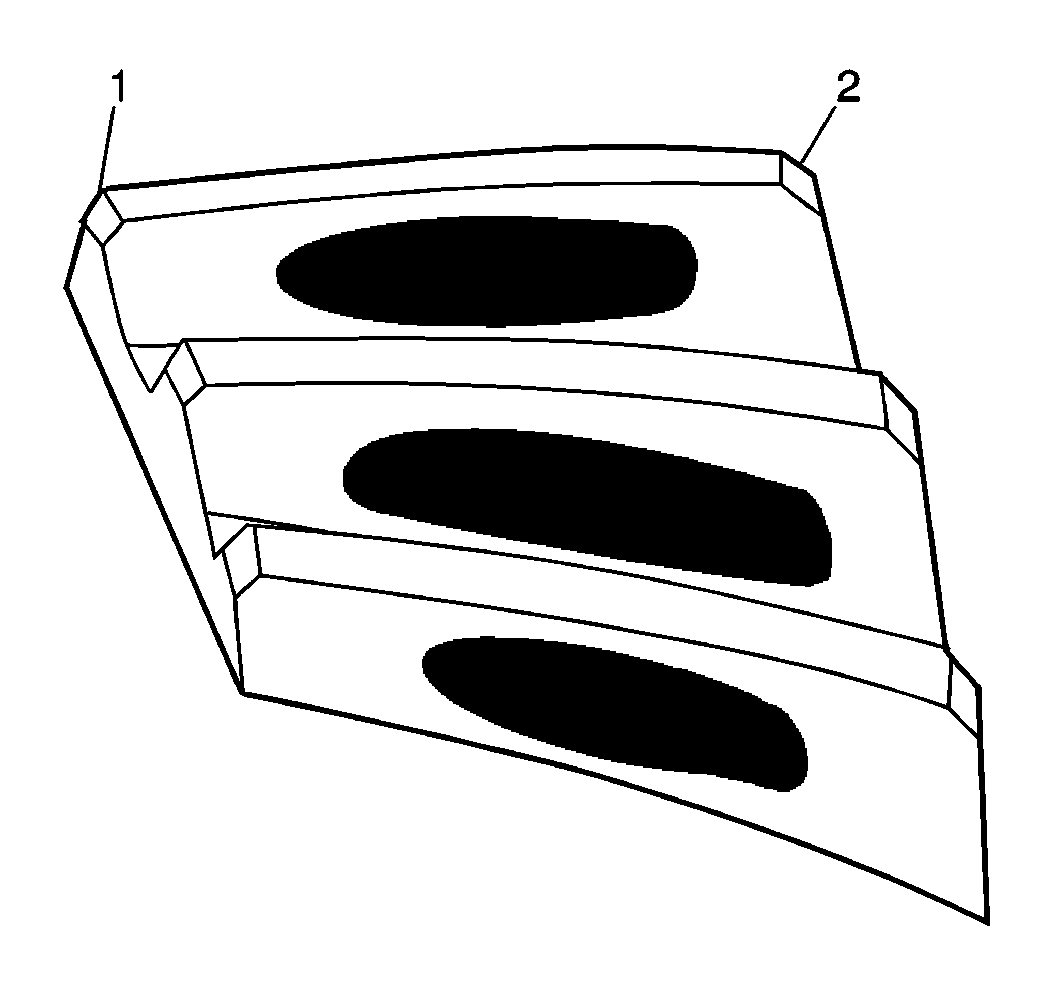
|
| • |
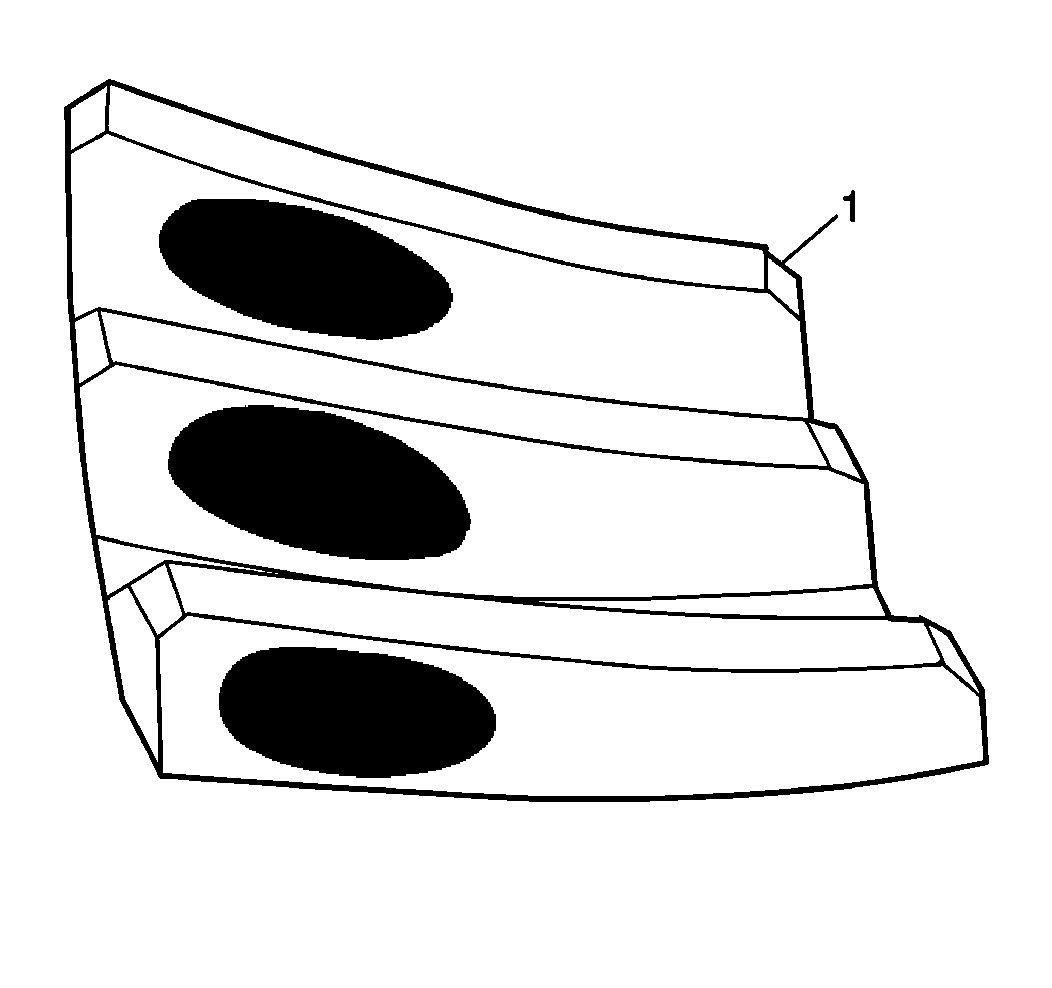
|
| • |
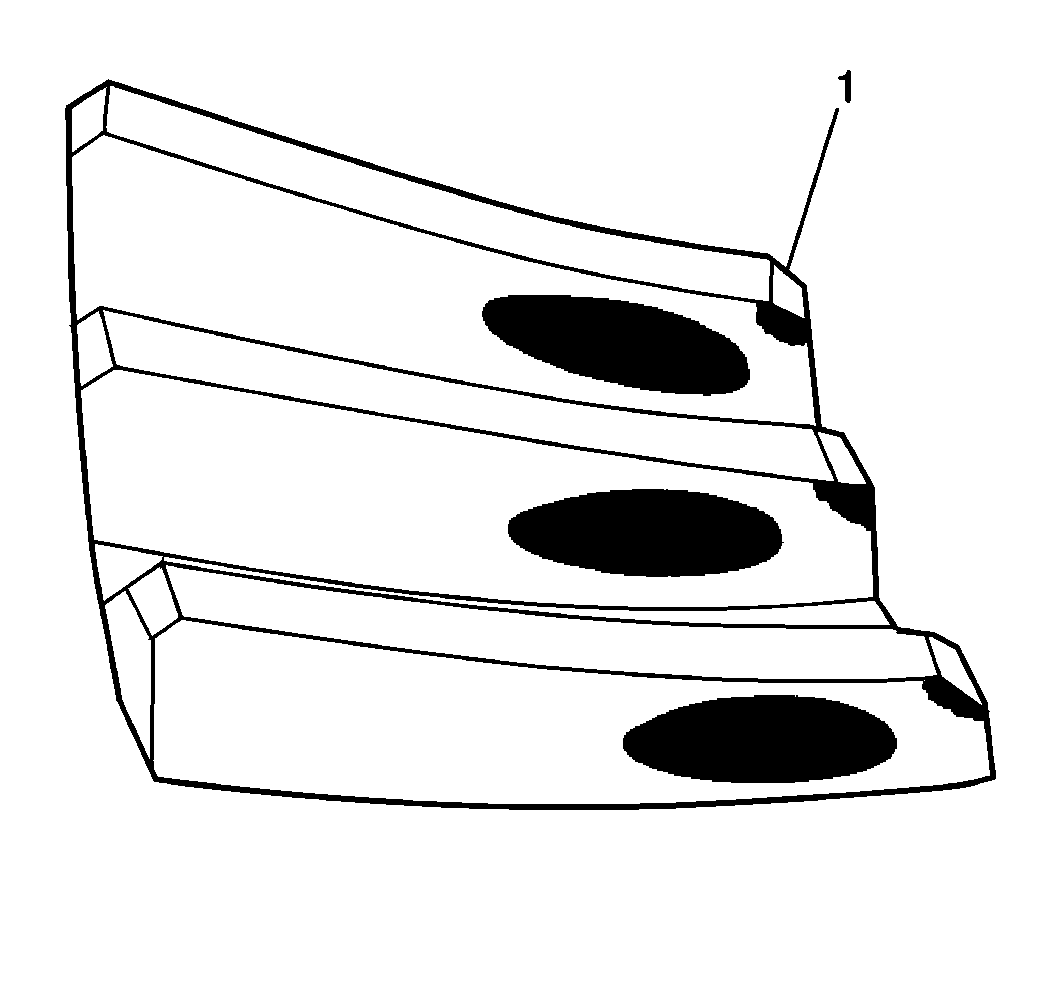
|
| • |
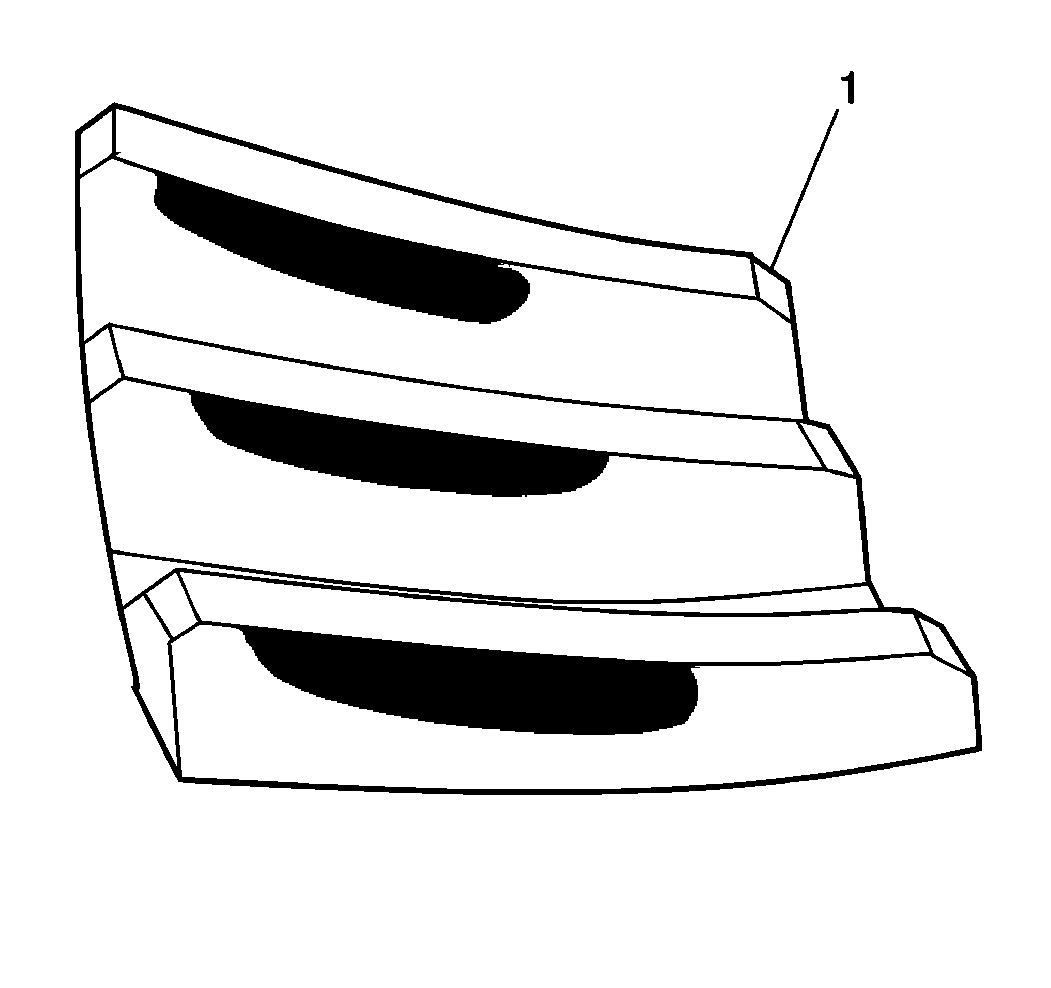
|
| • |
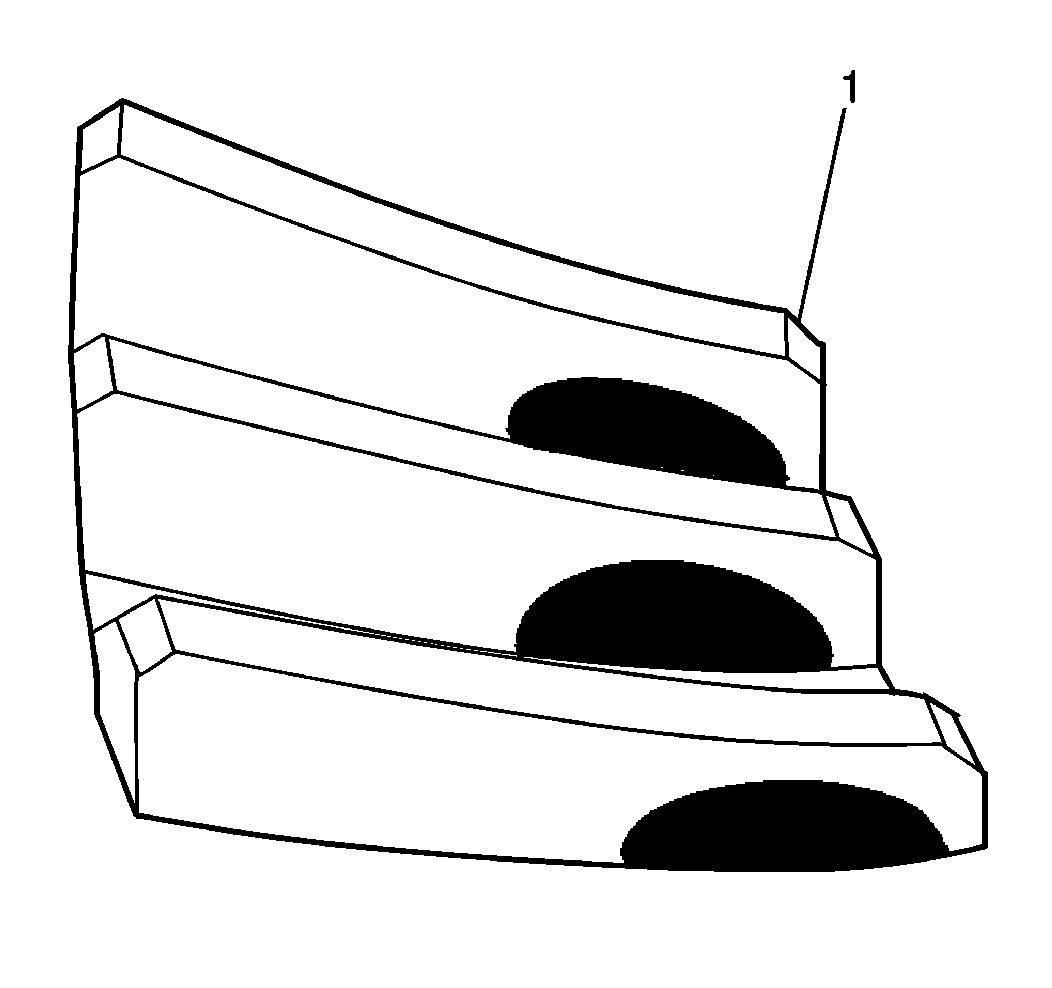
|
Outer End To Inner End Patterns
| • |

|
| • |
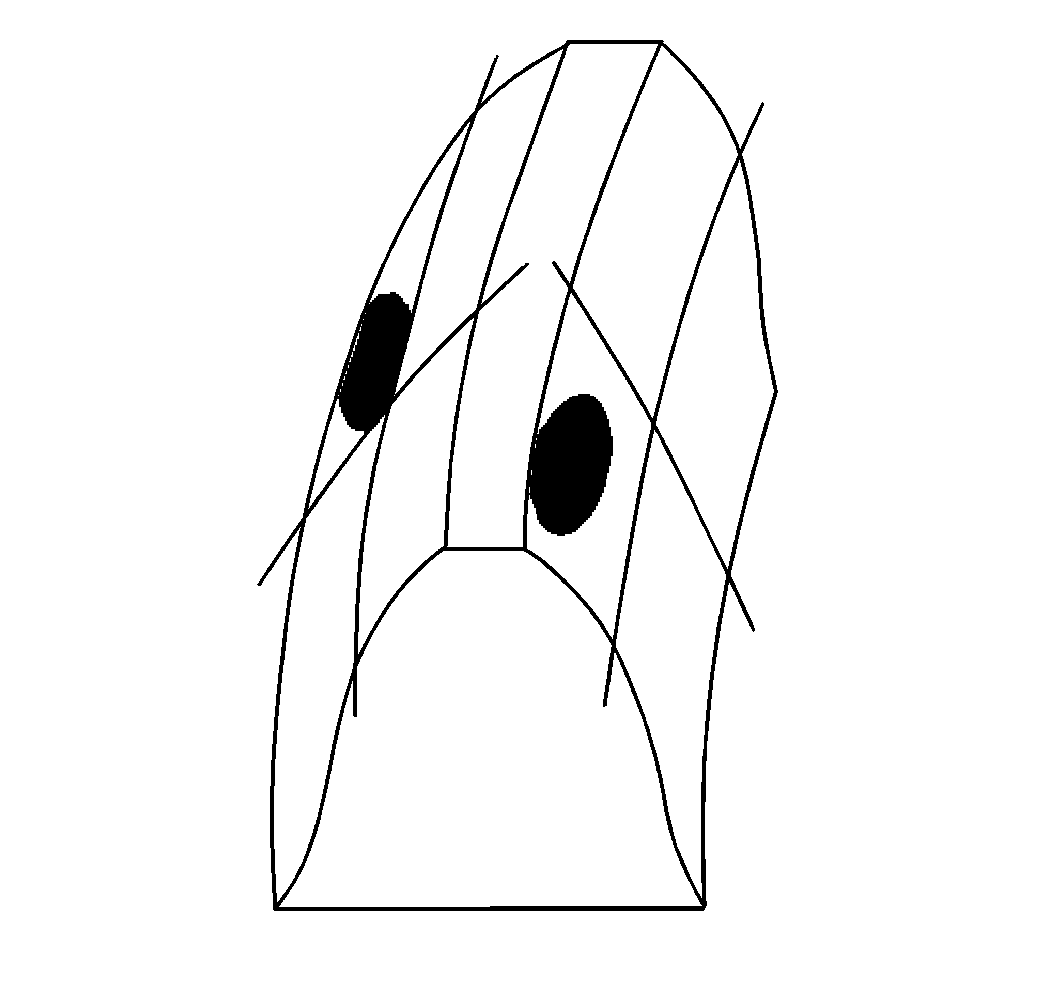
|
| • |
| • |
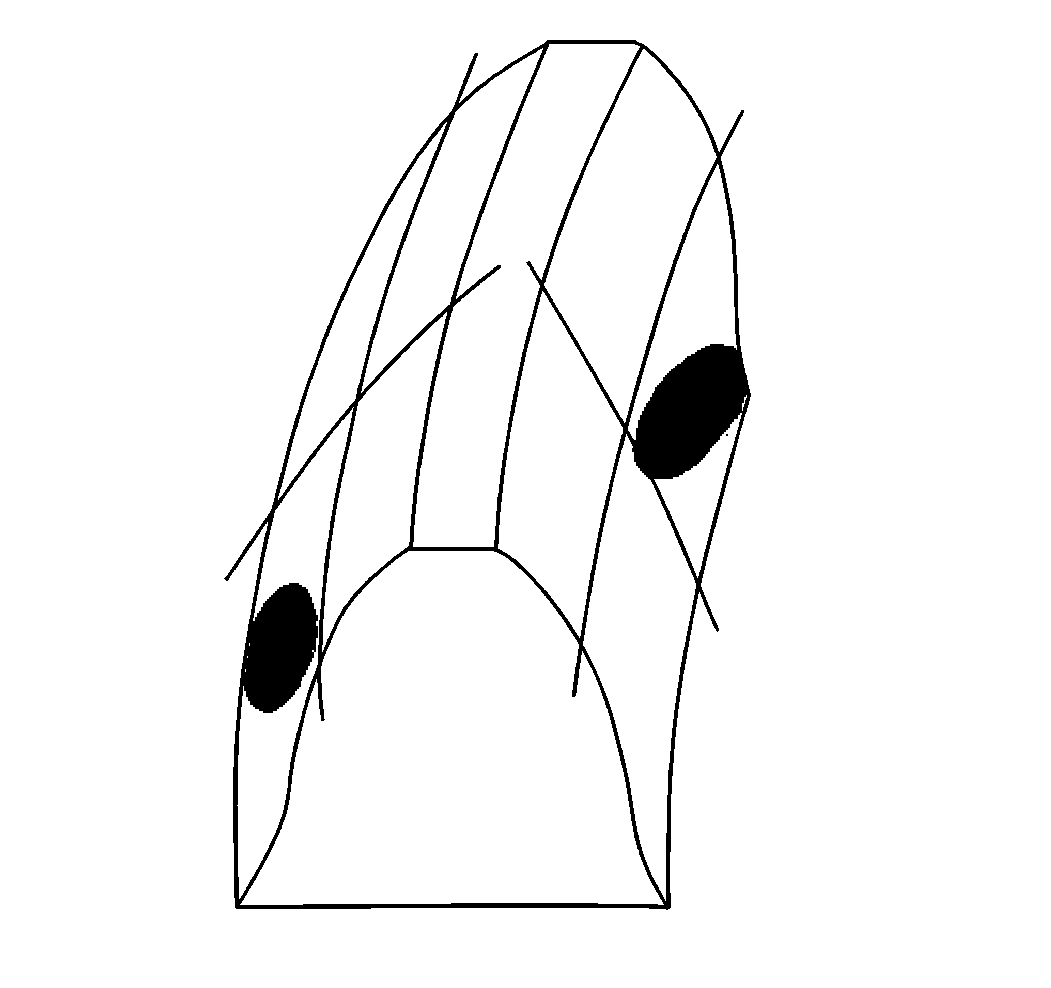
|
| • |
| • |
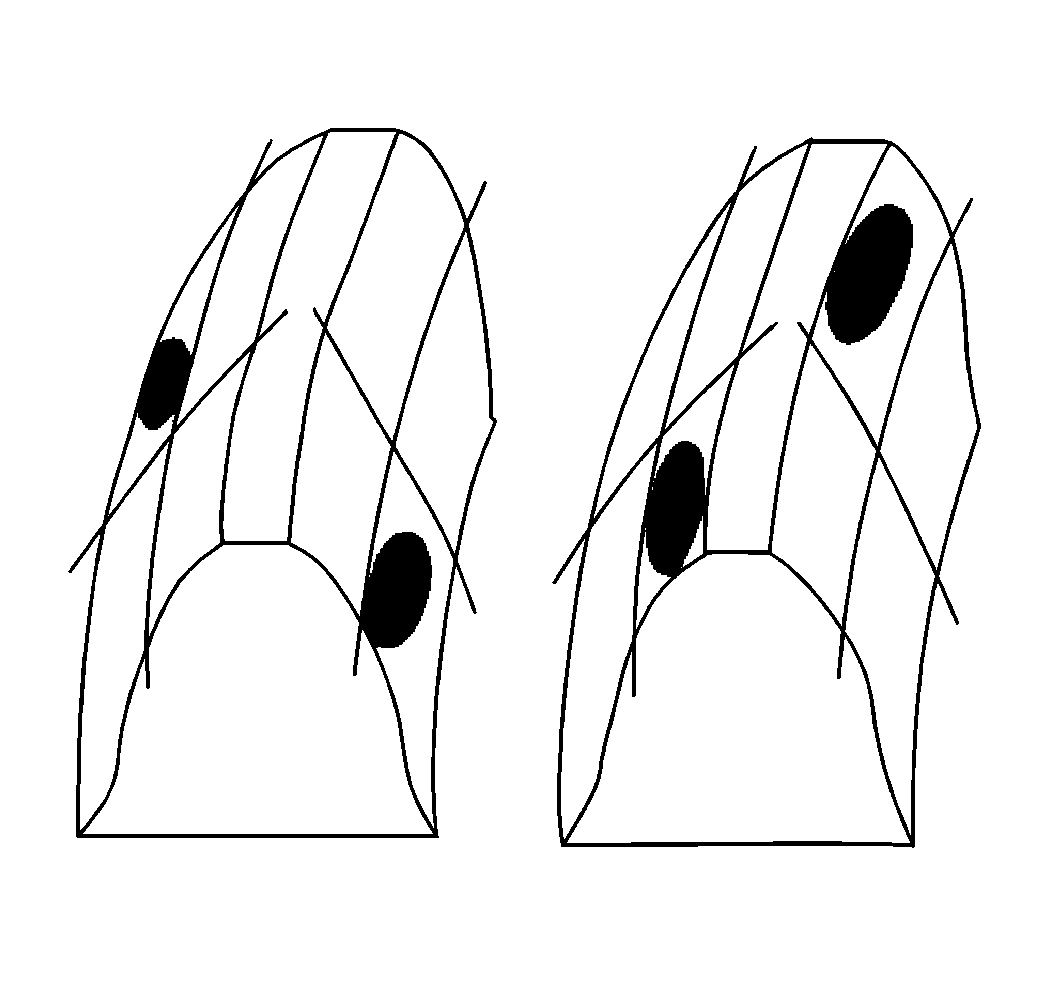
|
| • |
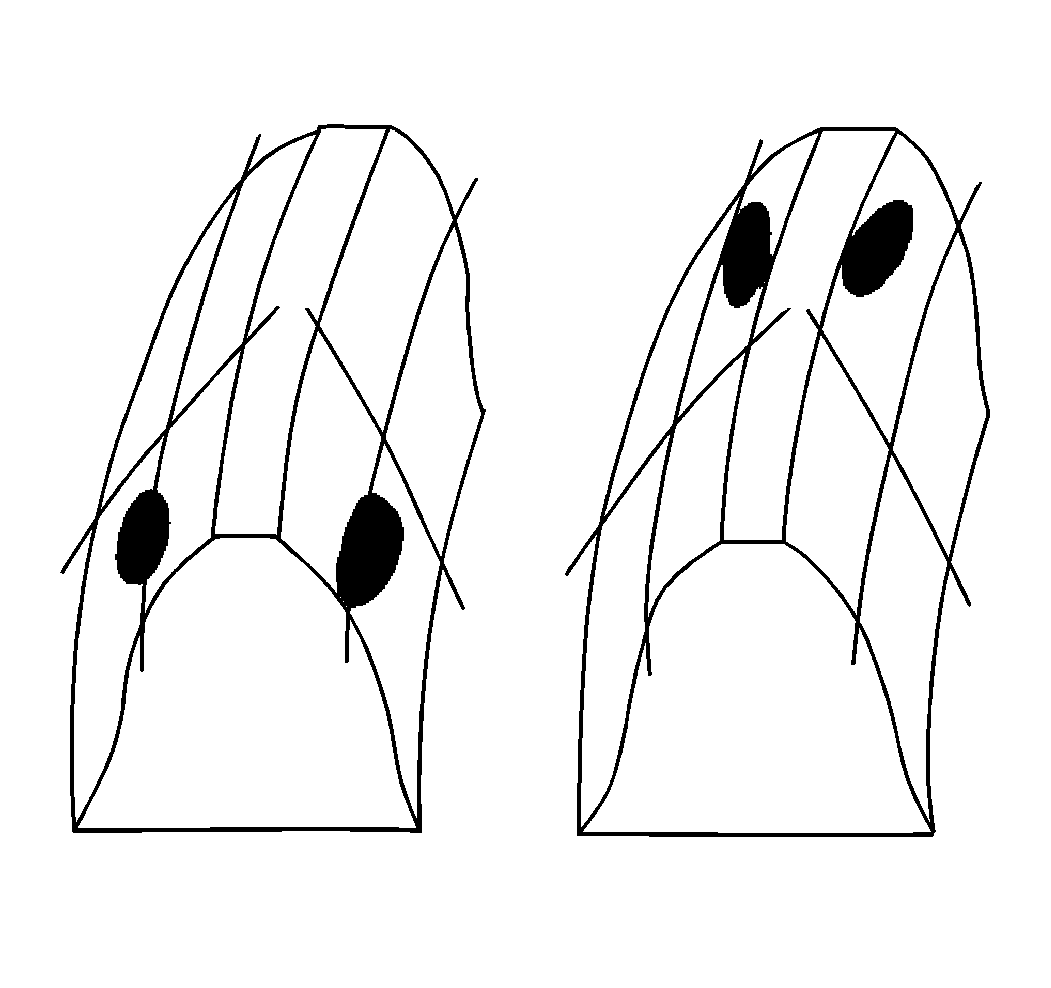
|
| • |
| • |
| • |
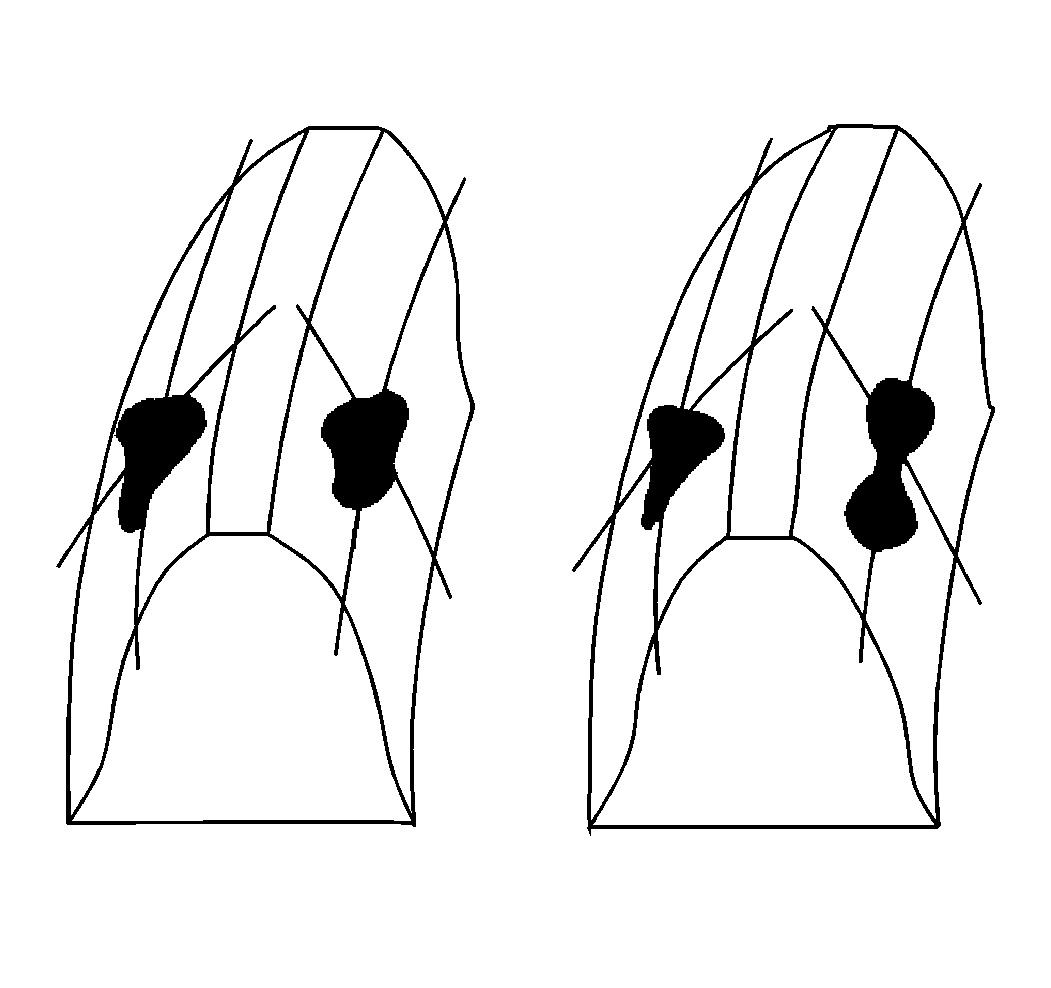
|
| • |
